Red light therapy (RLT) is a non-invasive treatment that can rejuvenate the skin, relieve pain, and promote healing, but for women during pregnancy, this is a special physiological stage, and the female body is extremely sensitive.
Studies have shown that red light therapy devices are safe for pregnant women. Of course, the potential risks should also be carefully considered before using red light therapy, and consult an expert or doctor for advice in advance.
In this article, we will explore the potential benefits and risks of red light therapy during pregnancy, as well as expert advice to help you make an informed decision!
What is Red Light Therapy?

Red light therapy at home is a method of utilizing specific wavelengths of red light on the human body to promote health and treat a variety of ailments. The light source for this therapy is usually an LED lamp, which emits light in a wavelength range of approximately 620 to 850 nanometers, and this specific spectrum of light penetrates deep into the skin to reach the subcutaneous tissue.
Red light therapy works based on the photobiostimulation effect, whereby light energy is absorbed by the body's cells and converted into cellular energy, a process that stimulates the mitochondria in the cells to produce more adenosine triphosphate (ATP), the molecule responsible for powering cellular functions. increased ATP production promotes tissue repair, reduces inflammation, and helps to rejuvenate the skin.
Common Uses of Red Light Therapy
- Skin rejuvenation:Red light therapy is widely used to reduce fine lines, wrinkles, and scars by boosting collagen production.
- Pain Relief:It can be used to relieve muscle and joint pain, including symptoms such as arthritis or chronic inflammation.
- Wound healing:Red light therapy can accelerate the healing of cuts, burns, and surgical scars.
- Hair growth: it can stimulate hair follicles and promote hair growth in patients with thinning hair or hair loss.
While these benefits make red light therapy attractive, a major concern for pregnant women is whether this treatment poses any risks to the developing baby or the mother herself.
Potential Benefits of Red Light Therapy During Pregnancy
Pregnancy can bring with it a variety of physical discomforts, including muscle aches, joint pain, and problems such as stretch marks or hormonal acne.
Since red light therapy is great for its ability to reduce inflammation and promote healing, many moms-to-be may be interested in using it to alleviate these symptoms. Let's learn more about some of the potential benefits of red light therapy for pregnant moms below:
1. Relieves Pain and Inflammation
Pregnancy usually leads to back pain, joint discomfort, and swelling, especially in the later stages. Red light therapy can help pregnant moms effectively relieve some of these pains and discomforts without resorting to medications, some of which are often restricted during pregnancy due to potential risks to the baby.
2. Skin Health
Hormonal changes during pregnancy can lead to acne, melasma (dark spots on the skin), and stretch marks. Red light therapy can improve skin health by boosting collagen and promoting cell regeneration and may offer a non-invasive way to address these skin issues.
3. Improve Mood
Some studies have shown that light therapy can improve mood and reduce symptoms of depression, such as in the case of Seasonal Affective Disorder (SAD). While red light therapy is not typically used as a primary treatment for mood disorders, it may have mood-improving effects, which may be beneficial for women with mood swings during pregnancy.
4. Improved Sleep

Many women experience decreased quality of sleep during pregnancy, and red light therapy helps improve sleep by reducing pain and promoting deep relaxation in the body. This therapy reduces the body's stress levels, allowing pregnant women to relax more easily and maintain deep sleep at night.
Is Red Light Therapy Safe During Pregnancy?
Despite the potential benefits of red light therapy devices, there is still uncertainty about the safety of red light therapy during pregnancy. There are limited studies that specifically address the effects of red light therapy on pregnant women and their babies.
Most studies on red light therapy have been conducted on non-pregnant adults, animals, or in laboratory settings, and the long-term effects of red light exposure during pregnancy have not been thoroughly explored. That's why pregnant moms need to ask experts and doctors for advice before undergoing light therapy.
Potential Risks and Concerns of Red Light Therapy During Pregnancy
Although there is no conclusive evidence that red light therapy is harmful during pregnancy, certain risks or concerns should be considered:
1. Effects on the Fetus Are Unclear
The main concern with the use of red light therapy during pregnancy is that the effects of light exposure on the developing fetus are unclear. Although red light is non-ionizing (unlike UV or X-rays) and in most cases cannot penetrate deep into the uterus, the effects of light on the cells and tissues of the body during this critical period of development are not fully understood.
2. Heat Generation
Although red light therapy produces low levels of heat, any form of increased heat should be used with caution during pregnancy, especially when directed to the abdomen. The increased localized temperature may adversely affect the fetus.
3. Overuse and Cellular Stress
Pregnancy puts additional stress on the body, and overuse of any treatment, including red light therapy, can lead to adverse side effects. Although red light therapy can stimulate cell regeneration, overuse may overstimulate the cells, leading to cellular fatigue or other adverse effects.
4. Interaction with Other Diseases
Pregnancy can sometimes lead to conditions such as gestational diabetes or pre-eclampsia, which can affect circulation and the body's response to inflammation. It is not known whether red light therapy interferes with these disorders or their treatment.
In addition, women with photosensitivity disorders or taking medications that increase photosensitivity should avoid red light therapy during pregnancy to prevent skin irritation or other complications.
Expert Advice and Guidelines

Due to the lack of substantial evidence and unknown risks, many healthcare providers are cautious in recommending red light therapy during pregnancy. Below are some expert guidelines and recommendations:
1. Consult Your Healthcare Provider
Always consult with your doctor or obstetrician before starting any new treatment during pregnancy. They can help you assess your individual health needs and determine if red light therapy is safe based on your pregnancy history, existing medical conditions, and overall health.
2. Avoid Using Red Light Therapy Directly in the Abdomen
If you choose to undergo red light therapy during pregnancy, avoid treatments directly on the abdomen or lower back to minimize potential risks to your developing baby. Most experts recommend focusing on other areas, such as the face (for skin problems) or extremities (for joint pain or inflammation).
3. Use FDA-Approved Devices
If you use a home medical-grade red light therapy device, ensure it is FDA-approved and designed for cosmetic or therapeutic purposes. Avoid high-powered devices like laser light therapy, which may carry additional risks.
4. Limit Exposure
Limit the duration and frequency of red light therapy to minimize potential risks. Stick to short treatments (10-20 minutes) and avoid daily treatments unless otherwise advised by a healthcare professional.
Alternatives to Red Light Therapy During Pregnancy
If you are reluctant to try red light therapy during pregnancy due to safety concerns, consider other safe pregnancy treatments to relieve pain, care for your skin, and reduce inflammation:
Gentle exercise: Yoga, swimming, and walking can help relieve back pain, reduce swelling, and improve circulation.
Topical skin care: Use pregnancy-safe moisturizers and creams to address stretch marks, acne, and other skin problems.
Massage therapy: Prenatal massages can relieve muscle pain and tension.
Hot and cold therapy: Alternating hot and cold packs can help reduce localized pain and inflammation in areas such as the back or joints.
Conclusion
While red light therapy has many benefits for pain relief, skin regeneration, and healing, its safety during pregnancy remains under-researched. Given the lack of specific studies, it is best to decide with caution or not to apply red light therapy, and if necessary consult your healthcare provider for advice in advance.
In the meantime, you can choose to use alternatives to red light therapy such as yoga and swimming massage to relieve pain and fatigue, which will be more beneficial to the health of the pregnant mother.
Ultimately, the decision to use red light therapy during pregnancy is a personal one and should be made in consultation with a healthcare professional who can provide tailored advice based on your health and pregnancy needs.
Related reading: How much does red light therapy cost?


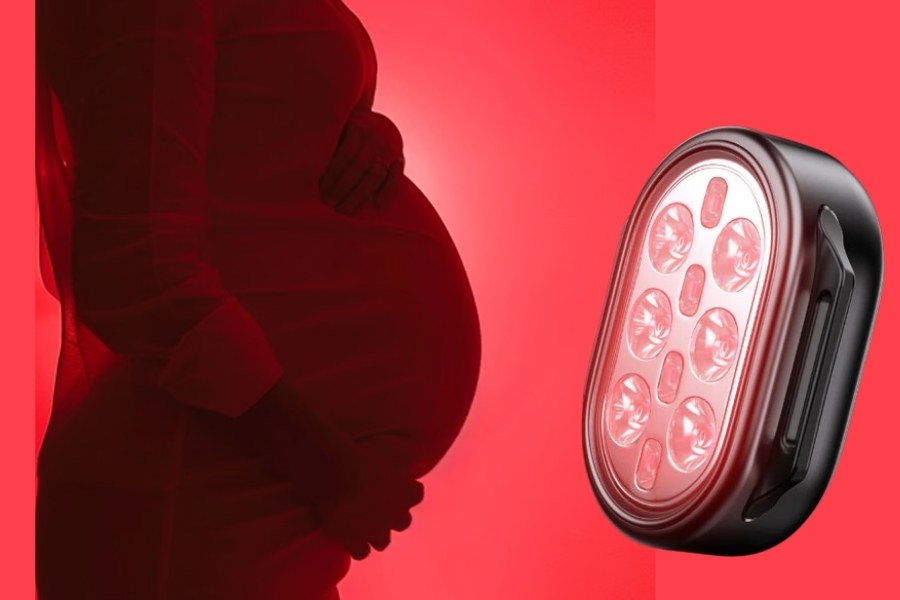
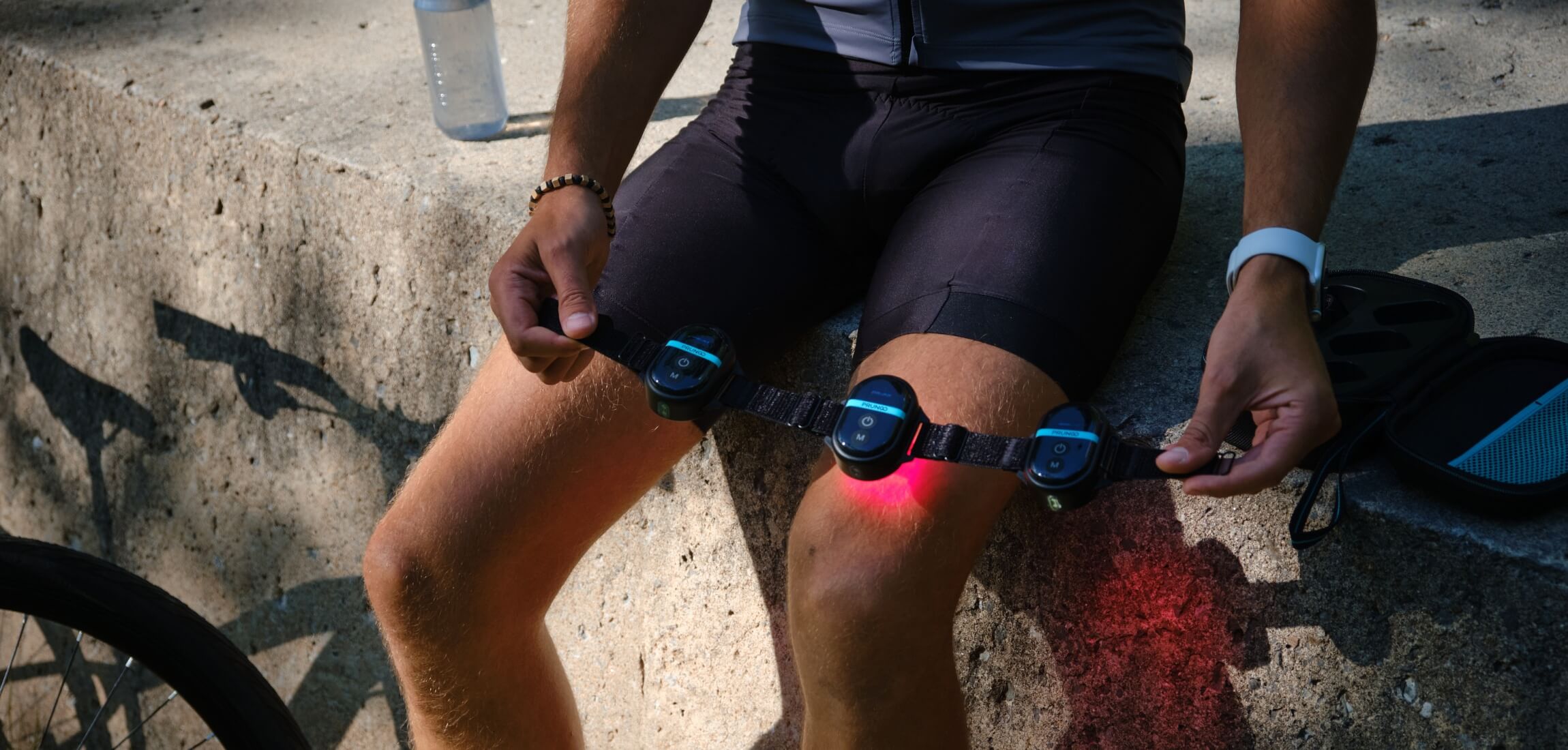
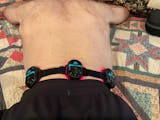
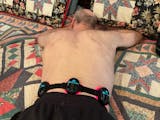









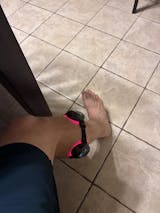
Share:
Unveiling the Therapeutic Potential of Laser Therapy for Rheumatoid Arthritis: A Comprehensive Review
Red Light Therapy for Weight Loss: Is It Real?